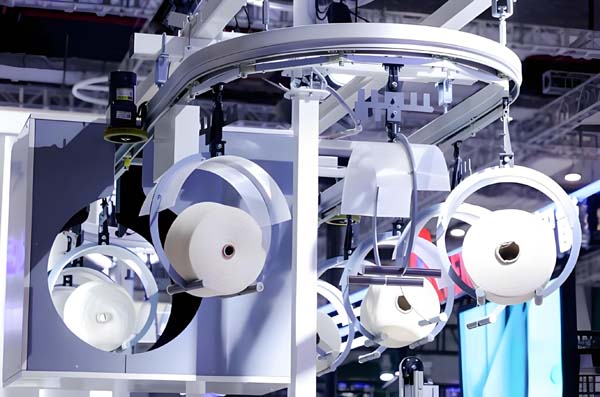Proximity switches are widely used in textile machinery, mainly used to detect material position, control machine operation and improve production efficiency.

Specific application scenarios of proximity switches in textile machinery
Detecting yarn position: In the loom, the proximity switch can detect the position of the yarn on the loom, thereby controlling the operation of the loom.
Control machine operation: In the shrinking machine, the proximity switch can detect the ends and broken ends of the fabric, and transmit the signal to the electronic control system to control the movement speed of the fabric to achieve deviation control and smooth operation.
Detect the position of the cutting blade: In clothing processing equipment, proximity switches can be used to detect the position of the cutting blade to ensure processing accuracy and safety.
Detecting the position of the sewing needle: In the sewing machine, the proximity switch is used to detect the position and movement status of the sewing needle to realize the automatic thread trimming function.
Types of proximity switches and their application effects on textile machinery
Inductive proximity switch: This proximity switch uses conductive objects to generate eddy currents when approaching, and identifies the presence of objects by detecting changes in eddy currents. It is often used in textile machinery to detect the position and movement of yarn, fabric, etc.
Photoelectric proximity switch: Use the photoelectric effect to detect the presence of objects, suitable for detecting transparent or translucent materials, such as films, etc..
Advantages of proximity switches in textile machinery
High precision : Proximity switches have high-precision detection capabilities, which can accurately reflect the position and movement of objects and improve production accuracy.
High reliability: Contactless design, long service life, reliable operation, suitable for long-term continuous work.
Easy to install and maintain: The installation methods are flexible and diverse, and the maintenance and replacement are convenient.
To sum up, the application of proximity switches in textile machinery not only improves production efficiency and product quality, but also ensures the stable operation of the equipment through its high precision and high reliability.